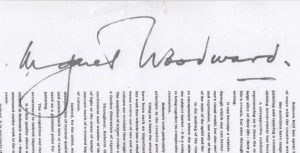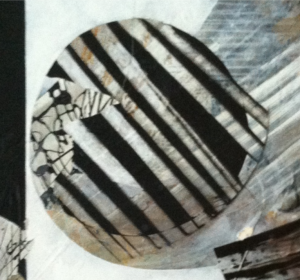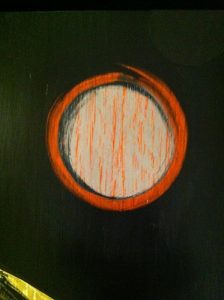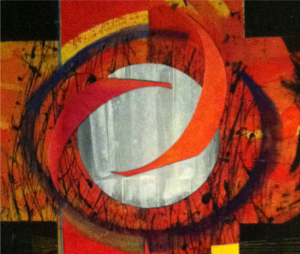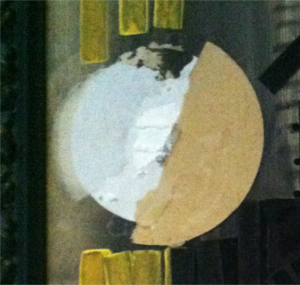The following is an extract from the catalogue critique written by Margaret Woodward for Roberta’s Retrospective in 1994.
Roberta Bell has spent her life involved in a variety of ways with the creative arts. Her activities have ranged from teaching art to mural painting and running commercial galleries . However, her abiding involvement has been with painting. A retrospective exhibition is a very special event, representing as it does, the response of an individual to a large slice of their life – their progression, not only through life’s events, but also through the maturing experience of seeing.
It can become a vehicle, for some the main vehicle, through which one can better come to understand not only one’s visual world, but also one’s self, since the work becomes an expression, not only of the conscious process, but also the state of the spirit and the workings of the subconscious. In the making of the visual image, there is a striving to encapsulate where the mind and feeling are in relation to subject matter. It is a complex and time consuming task to bring together its complexities and to strive for a satisfactory resolution.
Roberta’s work particularly demonstrates a most important principle in the creative process: that of discovery. Using as a basis, the structural components which would have been such an important part of her design training, her work freewheels into a variety of visual explorations; forms evolve one from another, and shapes and colours are overlaid to suggest partly hidden meanings. The surprises of texture evoke a complexity of forms, providing a further dimension of expression to her subject matter.
Throughout, Roberta displays a fascination for the excitement and wonder of the moment, the sudden touch of light or the sense of sumptuous depths of darkness; the staccato touch of a textural happening against a broad sweep of colour. Indeed, for the artist, much is discovered through the manipulation of textural qualities. Surfaces are scraped back and re-painted into, or turned into shapes and, I suspect, used as a germinal point for the subsequent mood of the painting.
The recognition and the utilisation of the fortuitous occurrence is indeed important in the creative process. It is this quality above all which is the most enduring element in Roberta’s work – from the time of the more severely structured earlier work to the more fluent work of more recent years.
Indeed, it is precisely this quality which will lead on toward new ideas still and ever more levels of discovery.
